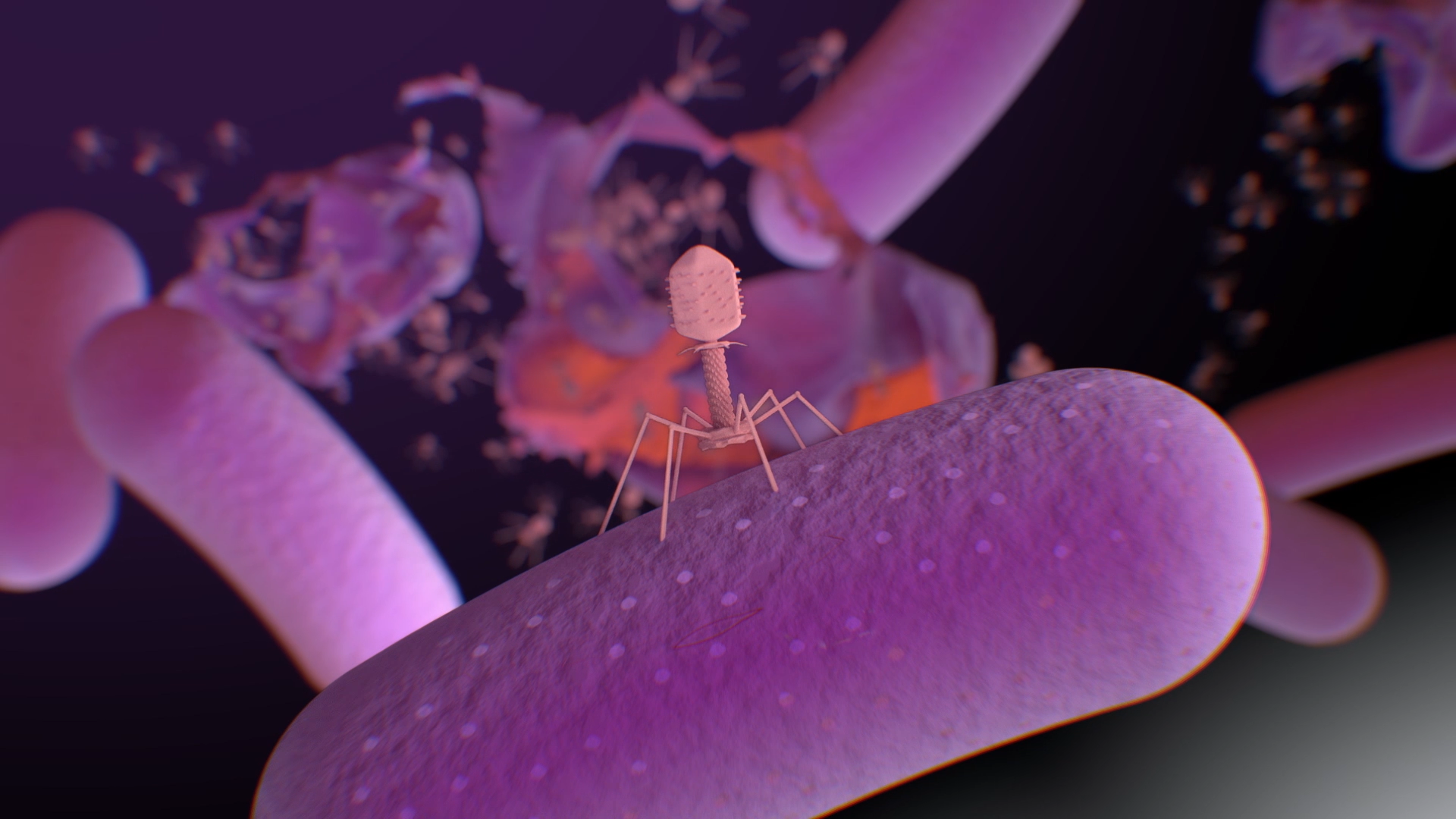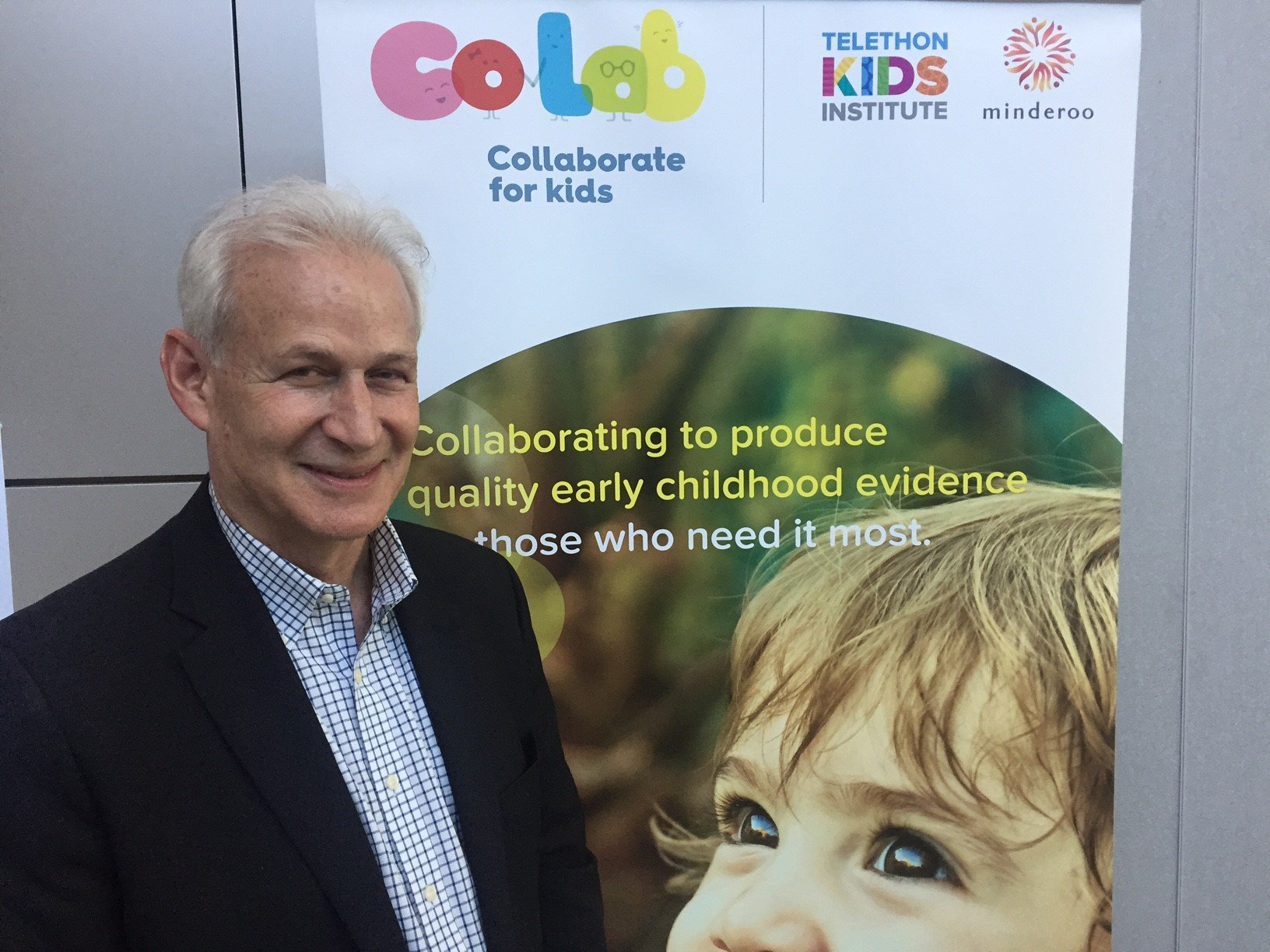Search
Showing results for "1"
Research
Effect of maternal prebiotic supplementation on human milk immunological composition: Insights from the SYMBA studyImmunomodulatory proteins in human milk (HM) can shape infant immune development. However, strategies to modulate their levels are currently unknown. This study investigated whether maternal prebiotic supplementation alters the levels of immunomodulatory proteins in HM.
Research
Impact for DCDMelissa Gail Matt Jenny Andrew Videos Licari Alvares Cooper Downs Whitehouse Watch and listen to Andrew PhD PhD BCA Marketing, BSc Statistics and
Research
The NICE-GUT trial protocol: A randomised, placebo controlled trial of oral nitazoxanide for the empiric treatment of acute gastroenteritis among Australian Aboriginal childrenDiarrhoeal disease is the second leading cause of death in children under 5 years globally, killing 525 000 annually. Australian Aboriginal and Torres Strait Islander (hereafter Aboriginal) children suffer a high burden of disease.

Phage WA have a number of projects underway and these cover a broad range of phage research areas.
Research
Gender and Immunity Study (GIM)The Gender and IMmunity study (GIM) aims to evaluate how gender-affirming hormone therapy impacts the immune system in young trans individuals, and how this translates to short and long-term health outcomes.

News & Events
International expert to bring together WA leaders to improve outcomes for kidsDr Jack Shonkoff, from Harvard University is visiting Perth this week as a guest of CoLab, Goodstart Early Learning and Child Australia.
Research
CRISPR single base editing, neuronal disease modelling and functional genomics for genetic variant analysis: pipeline validation using Kleefstra syndrome EHMT1 haploinsufficiencyOver 400 million people worldwide are living with a rare disease. Next Generation Sequencing identifies potential disease causative genetic variants. However, many are identified as variants of uncertain significance and require functional laboratory validation to determine pathogenicity, and this creates major diagnostic delays.
Research
Not in employment, education or training (NEET); more than a youth policy issueAustralians who are Not in Employment, Education or Training (NEET) and receive income support span a wide spectrum of working ages. Australian research has concentrated on NEETs aged 15-29 years, in line with international standards. This paper investigates extending the NEET concept to include all working age persons 15-64 years and the value added to welfare policy through analysis of a new linked dataset.
Research
Global phosphoproteomics reveals DYRK1A regulates CDK1 activity in glioblastoma cellsBoth tumour suppressive and oncogenic functions have been reported for dual-specificity tyrosine phosphorylation-regulated kinase 1A (DYRK1A). Herein, we performed a detailed investigation to delineate the role of DYRK1A in glioblastoma. Our phosphoproteomic and mechanistic studies show that DYRK1A induces degradation of cyclin B by phosphorylating CDC23, which is necessary for the function of the anaphase-promoting complex, a ubiquitin ligase that degrades mitotic proteins.
Research
Anti-Interleukin-10 Unleashes Transcriptional Response to Leishmanial Antigens in Visceral Leishmaniasis PatientsVisceral leishmaniasis (VL; Leishmania donovani) cases produce interferon-γ and tumor necrosis factor in response to soluble leishmanial antigen in whole-blood assays. Using transcriptional profiling, we demonstrate the impact of interleukin-10, a cytokine implicated in VL, on this response.
